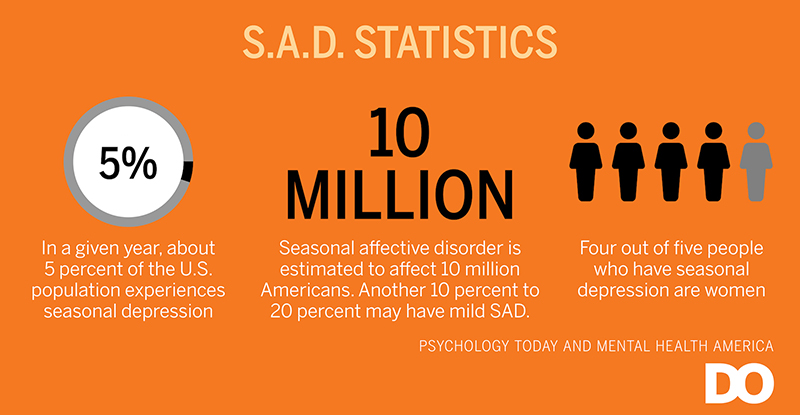As the fashion industry becomes increasingly digitized, online sales rates for clothing in the United States have begun to dominate the fashion industry. As online clothing sales rise, so does the need for popular fashion brands to produce enough clothes to meet consumer demand. This process, although good for the economy, is one that has many negative effects on the environment. The harm being done occurs through a cycle known as fast fashion.
Fast fashion happens when popular clothing brands mass-produce the types of clothing products that are currently on-trend. Overproduction allows these brands to sell trending clothing at low prices, which increases their own sales. The threat to the environment lies in the fact that most of the clothes being produced go unpurchased. If they cannot be sold, the clothes are sent straight to landfills – which leads to billions of pounds of textiles being wasted and put into the earth.
One of the main sources of this issue is simply the fact that so many young people are unaware of it. The stores that fuel fast fashion most often target teenagers, with H&M, Shein, and Zara being some of the most relevant. When these brands sell their products at low prices, it makes them more appealing to younger people who are looking to save money. This is a marketing technique that often goes unnoticed by teenagers looking for clothes that fit their budget.
By informing people of what their spending can do to hurt the environment, the harm caused by fast fashion can be lessened. Gabriella Greenbaum, a Lake Travis sophomore, is an example of why conversations on the topic of textile waste in the fashion industry is important. “It makes me feel like I should be more careful about the clothes I’m buying,” said Greenbaum. Although it may not directly lessen textile waster, spreading awareness is a helpful first step to relieving this global issue that continues to worsen each year.






























